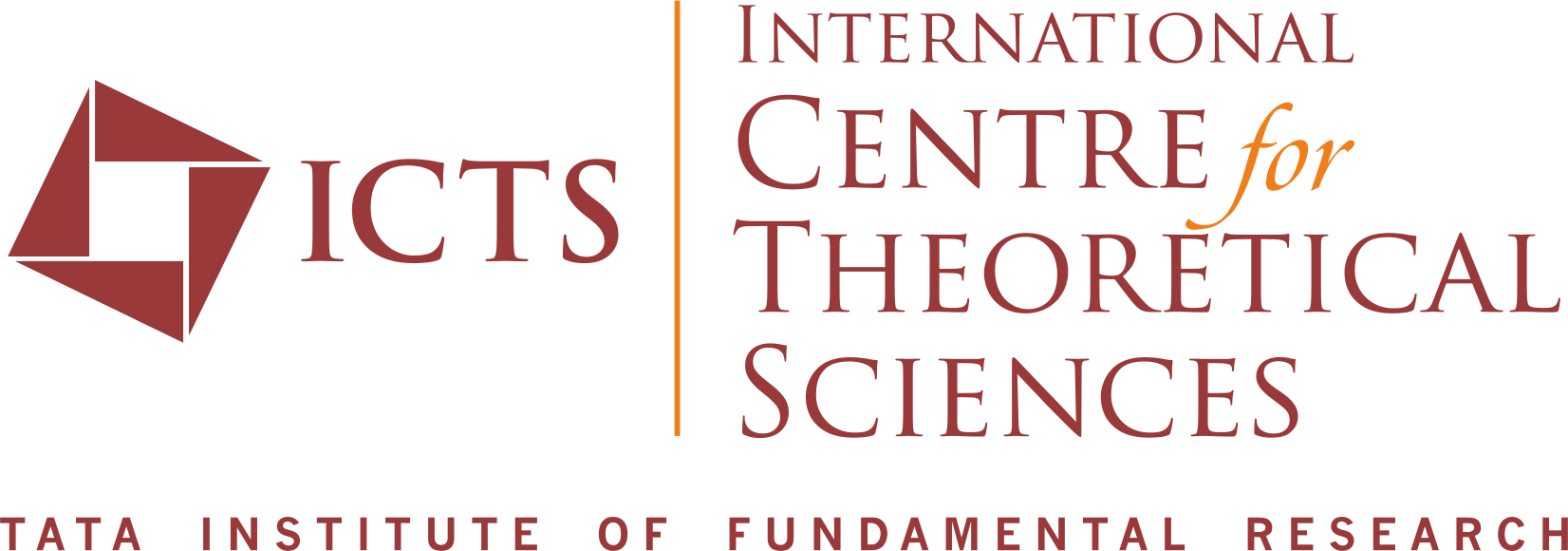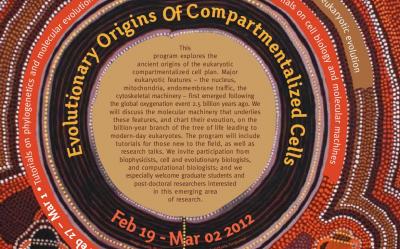This 2-week program deals with the ancient origins of the eukaryotic compartmentalized cell plan. Surprisingly little is known about this key phase of the evolution of life on earth: eukaryotes began to diverge from bacteria during the global oxygenation event 2.5 billion years ago, but all living eukaryotes share a more recent common ancestor dating from about 1 billion years ago. Data from modern eukaryotic genomes, as well as exciting recent studies of rudimentary compartments in bacterial cells, might allow us to reconstruct the intervening 1.5 billion year period during which quintessential eukaryotic features emerged: the nucleus, compartmentalized organelles, the cytoskeletal machinery, and vesicle traffic.
The program brings together two ingredients: (1) The cell biology and biophysics of intracellular compartments and vesicle traffic. (2) The evolution of key molecular players involved in generating and maintaining intracellular compartments. We will have pedagogical tutorials (on cell biology and phylogenetic techniques) as well as a three-day conference in which experts from around the world will discuss our current understanding of eukaryote origins. We invite participation from biophysicists interested in cell biological mechanisms; cell and evolutionary biologists interested in eukaryote origins; and bioinformaticians or computational biologists interested in modern phylogenetic techniques. We especially welcome graduate students and post-doctoral researchers who would like to learn about the open questions and possible research directions in this rapidly accelerating field.
 ncbs
ncbs res
res in
in

